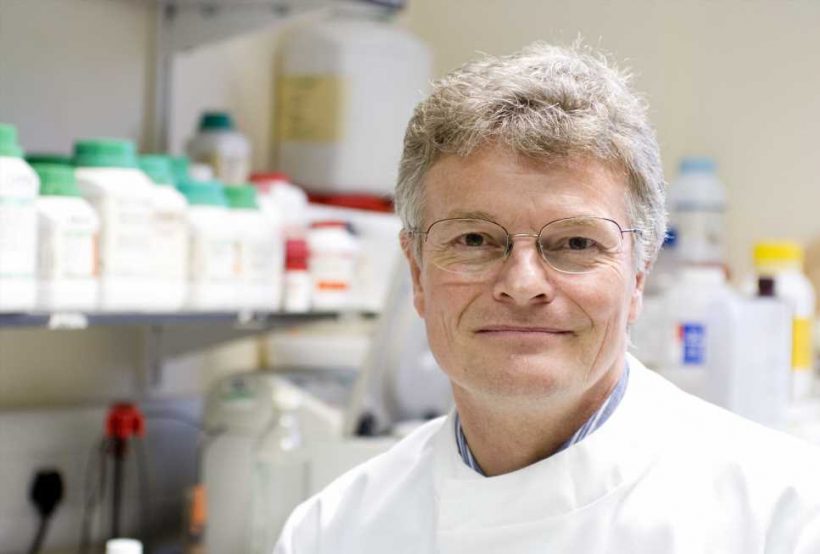
The UK Health Security Agency is investigating four new cases of monkeypox in the UK. There are now a total of six confirmed cases.
Investigations are ongoing to establish the links between these cases, with some concerns about human-to-human transmission.
Dr. Michael Skinner, a virologist in Imperial’s Department of Infectious Disease, explains how monkeypox spreads and how concerned we should be.
The virus
“Monkeypox is actually a disease of small African animals, like rodents. The reason it’s called ‘monkeypox’ is that it was first found in monkeys who—like humans—can sometimes acquire infections from small animals.
It’s from the same family of viruses as smallpox, which was eradicated globally in 1980, and the vaccination against smallpox also protects against monkeypox.”
Cases in the U.K.
“Occasionally, cases occur in the U.K. in people who have traveled to areas where the virus is more common. The U.K. recorded some cases in June 2021, too.
When these outbreaks happen it is important to identify the first case of the latest cluster, and this is typically someone who has caught it outside of the U.K. It’s also important that potential cases are identified, isolated and their contacts traced.”
Human-to-human transmission
“Although the current cluster of cases is in men who have sex with men, it is probably too early to make conclusions about the mode of transmission or assume that sexual activity was necessary for transmission, unless we have clear epidemiological data and analysis.
Typically, we would exclude other causes before jumping to the conclusion that sexual transmission of an infection has occurred.
This is the first time we have seen monkeypox in this group, but that may be because previously the numbers of cases have been low, so specific groups are less likely to have been captured in the statistics.
By nature, sexual activity involves intimate contact, which increases the likelihood of transmission, whatever a person’s sexual orientation and irrespective of the mode of transmission.”
Likelihood of spread
“There is still more research to be done to understand this latest cluster of cases, and clinicians and public health authorities need to be on alert to spot cases early to limit transmission.
Source: Read Full Article
